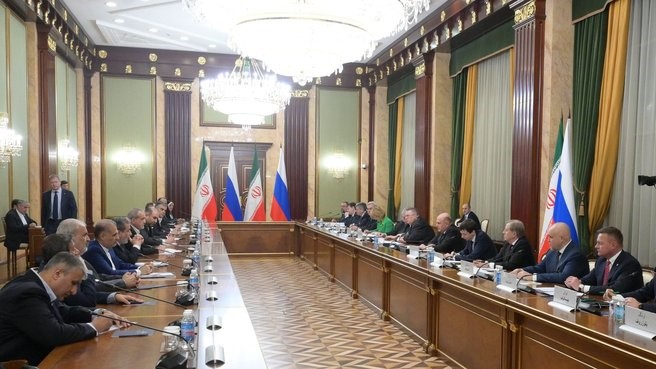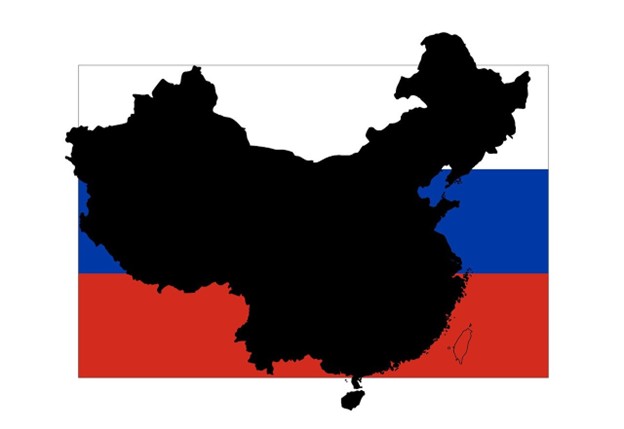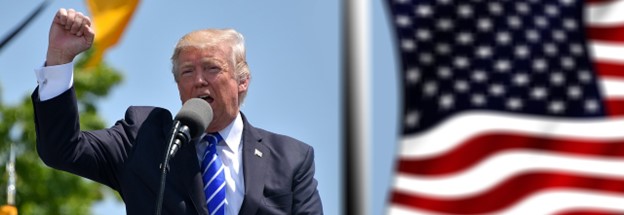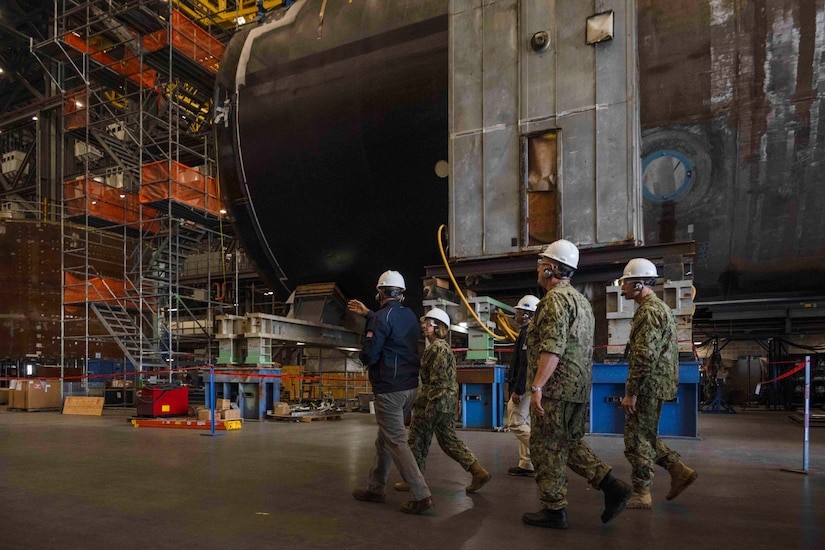The members of the Axis of Evil are moving significantly closer together. North Korea has supplied troops and China is providing economic and material support. The closest relationship may well be between Moscow and Tehran.
Iran’s provision of drones has been widely discussed, but the relationship goes far beyond that. According to the semi-official Russian News source RT, Iranian President Masoud Pezeshkian’s recent visit to Moscow “…opened up a new chapter in bilateral relations between Russia and Iran that have existed for 400 years.”
Russian Prime Minister Mikhail Mishustin noted that the two powers will sign “a treaty on comprehensive strategic partnership between the Russian Federation and the Islamic Republic of Iran. This major new treaty will lay a solid foundation for the development of our cooperation in the long-term perspective. I want to underscore that Russian-Iranian relations, which are based on the principles of friendship, mutual respect and consideration of each other’s interests, are looking to the future. The Russian Government will ensure that all the decisions made at the highest level are implemented in full.”
Russia’s semi-official news outlet RT has reported that Russian President Vladimir Putin has expressed support for the construction of a gas pipeline to Iran which could eventually supply up to 55 billion cubic meters (bcm) of gas to the Islamic Republic annually. “The pipeline project is part of a broader strategic agreement between Russia and Iran signed on Friday, as well as a memorandum signed by Russian state gas major Gazprom and the National Iranian Gas Company in June 2024 and aimed at facilitating Russian gas supplies to the Islamic Republic.
The defense site War on the Rocks From the 1990s to 2022, Russia provided… important military assistance to Iran across the ground, aerospace, and naval domains… In addition to Russian support to Iran’s nuclear program, this assistance included the provision of tanks, armored vehicles, anti-tank missiles, combat aircraft, helicopters, and surface-to-air missiles, among others. Assistance — at least in the 1990s — also entailed unofficial transfers by low-level Russian entities to Iran’s ballistic missile and suspected chemical and biological weapons programs. Since 2022, Russia’s defense relationship with Iran has taken a big leap forward. Cooperation has moved past the previous patron-client dynamic, with Iran emerging as a key enabler of Russia’s air and ground campaign in Ukraine. Military-technical collaboration has intensified in existing areas, while also advancing to new frontiers such as the joint development of novel uncrewed aerial vehicles. Amid a general weakening of past constraints on cooperation, Iran and Russia have also taken steps to further institutionalize their defense relationship. Western capitals should accept an uncomfortable reality: Even if Russia’s war against Ukraine were to end, there is little hope that the Iran-Russia defense relationship will revert to its pre-2022 status quo. Both countries have identified needs for future military contingencies that they can help each other meet — even if Iran will continue to be more reliant on advanced technology from Russia than vice versa. Traditional instruments such as diplomatic pressure or sanctions are unlikely to be effective in checking this cooperation so long as both Iran and Russia view Washington and its allies as their main adversaries. As a result, the best the United States and its partners can do is to disrupt this cooperation on the margins and focus on undermining it in the most sensitive areas. Specifically, Washington should focus on complicating Iran’s and Russia’s procurement of electronics for high-end defense goods and seek to derail or deter impending deals or deliveries through strategic disclosures.
In testimony before Congress, Dana Stroul, Kassen Fellow and Director of Research for the Washington Institute warned that the Moscow-Tehran relationship threatens the United States. “The U.S. view is that the People’s Republic of China is the strategic competitor willing and able to reshape the current global order, and Iran-Russia cooperation is quickly evolving into Iran-Russia-China cooperation. The risk of a Russia-Iran-China revisionist axis challenging the security and sovereignty of the U.S. network of allies and partners is one of the most pressing and urgent security priorities of this century… Iran-Russia cooperation existed before Moscow’s watershed 2015 decision to militarily coordinate with Tehran and intervene in Syria on behalf of the Assad regime. But it has now evolved from tactical cooperation to a full-fledged defense partnership.”
“Motivations and worldviews that drive increasing Iranian-Russian cooperation include:
- Animosity toward “Western” values-based global engagement (including representative governance and rights-based agendas), which is viewed as threatening to regime survival.
- Focus on internal resilience in the face of international pressure through sanctions and economic decoupling.
- Discontent with the current rules-based international order and a shared desire to challenge and reshape it, particularly through proactive engagement in Africa, Latin America, and with China.
“This strategic orientation of “resistance” drives cooperation in the following areas:
- Military coordination: Two-way military transfers and defense technology exchanges that threaten the security of U.S. partners in Europe and the Middle East. Citizens in Ukraine and across the Middle East are suffering from the same Iranian-origin attack drones.
- Nuclear nonproliferation: Russia is unlikely to oppose, and more likely to facilitate, Iran’s continued creep toward nuclear weapons threshold status.
- Sanctions: As the two most sanctioned countries in the world, Tehran and Moscow are actively engaged in activities to circumvent and weaken the potency of Western sanctions.
- Diplomacy: Russia is using its seat on the UN Security Council to shield Iran from accountability for its destabilizing actions and violations of international law.
- Domestic suppression: Iran and Russia are exchanging best practices to crush protests, undermine citizen organization efforts, and maintain mass surveillance programs against their own people.” Photo: Mikhail Mishustin’s meeting with President of the Islamic Republic of Iran Masoud Pezeshkian









